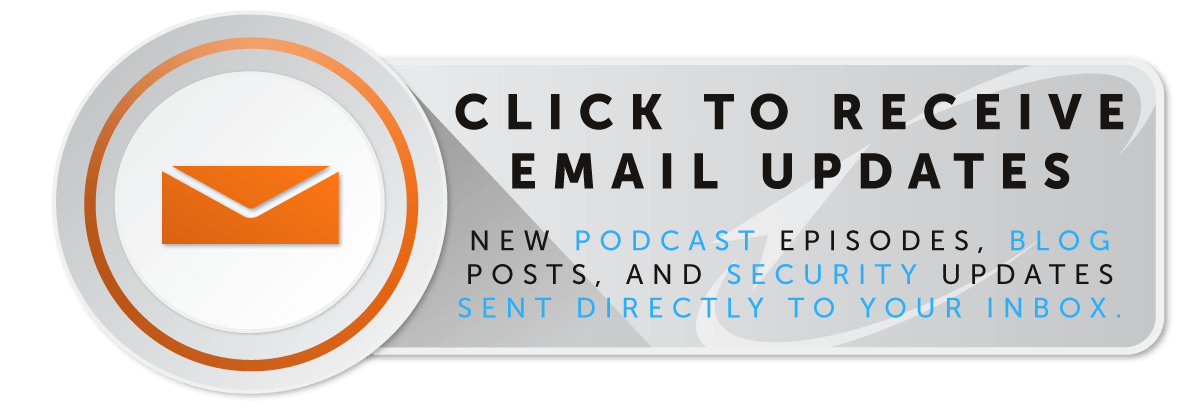Windows 10 Easter Eggs: Discovering Microsoft’s Hidden Features
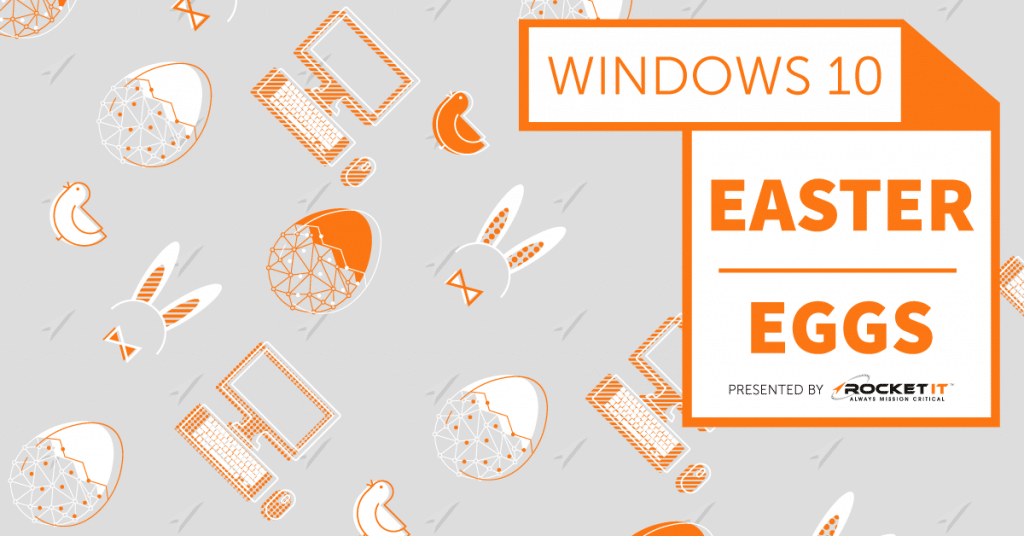
When someone mentions the words “Easter egg”, your first thoughts may bring about imagery of brightly colored eggs, waiting to be placed in well-hidden locations. While, in the traditional sense, this is correct, the modern-era has brought about a new definition for the term. Today, Easter eggs can refer to hidden features, placed secretly within a technology’s software or hardware.
Despite most major tech developers now including some form of Easter egg in their products, Microsoft is the master of embedding helpful features deep within its Windows operating system. Now, with Windows 7 soon reaching its end-of-life, Microsoft has almost entirely shifted its focus to Windows 10, resulting in a regular stream of newly updated Easter eggs.
While some of these hidden components are simply included for novelty purposes, others have the potential to positively impact your user experience. Therefore, Rocket IT has studied Microsoft’s extensive documentation, to bring you 10 Easter eggs to maximize your productivity.
Show Desktop Button
Because your computer’s task-bar is always in your view, unless you changed that setting, you may think you’re aware of all it has in store. But, have you ever looked in the very bottom right corner of your screen and noticed a thin, white line? That, my friends, is Windows’ well-hidden “show button”. By clicking in this area, you can minimize every open window on your monitor at once.

Shake to Minimize
While on the topic on minimization, Windows 10 offers users another quirky way of hiding running applications. Simply Grab the top tab of an open window and give your mouse a slight shake. Aside from the window you’re currently grasping, all others should quickly flee the screen. With one more quick shake, all windows should return to their prior state.
Cortana Voice Activation
Although Amazon’s Alexa and Apple’s Siri have reigned supreme over the consumer artificial intelligence marketplace, it’d be a mistake to discredit Microsoft’s AI companion, Cortana. While, upon default, Cortana only responds to typed commands, a setting can be altered to make the software responsive to audio cues. After clicking within Cortana’s task-bar search box, you can then select the settings icon, opening a window that allows you to edit how you interact with the program. By checking the setting under “hey Cortana”, you can use the AI as you would similar voice-initiated devices.
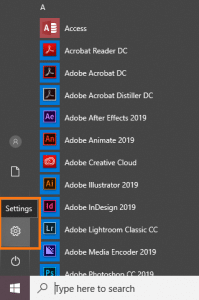

Cortana games
Now that you have Cortana set to activate upon voice dictation, there’s plenty of secret commands for you to explore. Of course, while Cortana can answer some of life’s more important questions, such as “where can I find reliable IT services in Duluth, GA?”, the program’s visual interface allows for the displaying of unique content. For example, when asking Cortana to flip a coin or roll the dice, the software will accompany its audio with fun graphics, as seen below.
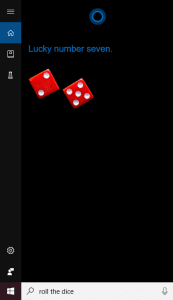
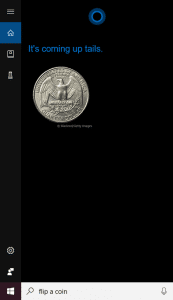
Notification Control
There are occasions when you may find yourself needing to cut distractions, buckle down, and get work done. With Windows 10’s Focus Assist feature, you’re given the power to either filter or completely block all notifications for a designated period of time. To access this setting, click the start icon in the bottom-left of the task-bar, then select settings > system > Focus Assist.



Windows timeline
Has there ever been a time you find yourself deeply focused on your work, only to be interrupted, ultimately losing your train of thought? If so, Windows 10’s timeline feature can help get you back on track within a matter of seconds. By pressing the Windows key + Tab, you’ll open a backlog of your most recent work and applications. Clicking on one of these items will get you right back into the action, saving you both time in frustration.
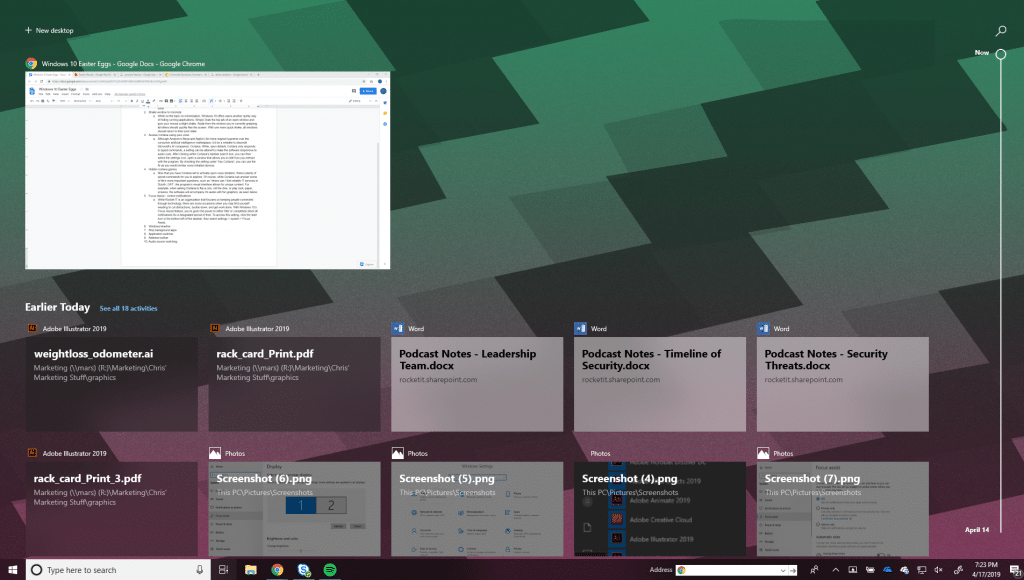
Stop background apps
After installing an application on a smartphone, you may see a pop-up notification, asking for permission to continuously run in the background of the device. While accepting these terms give you access to location-based services and regularly refreshed content, doing so has the potential to increase your data usage and drain your battery-life. With that said, some Windows 10 applications are no different. If these settings are left untouched, some power-hungry applications can strain your PC’s hardware, wasting precious bandwidth and battery in the process. Please be aware, changing these settings has the potential to make some applications unresponsive to future updates. Therefore, Rocket IT does not suggest turning off those apps you most regularly use. To restrict which apps run in the background of your PC, click the start icon, then settings > privacy > background apps.



Application switcher
Despite Microsoft having implemented an application switcher in previous iterations of its operating system, this function got a much-needed face-lift with the oncoming of Windows 10. By pressing Alt + Tab, large thumbnails of each open application will appear in the middle of your desktop. As you continue to press Alt + Tab, you’ll cycle through this menu, giving you the ability to quickly shift back and forth between projects. This greatly cuts down upon the time it takes to sort between open windows, keeping your workflow steady.

Fix Blurry Apps
Because monitors are manufactured in various sizes, each requiring a different resolution for optimum performance, designing applications to look good across devices can prove difficult for developers. To help combat this problem, Windows 10 introduces an advanced scaling feature, capable of making compatible applications appear less blurry. To activate this feature, navigate to the start button, then click settings > systems > display > advanced scaling settings.Audio source switching




Audio Source Switching
As Bluetooth technology has continued to advance, it has become remarkably easy to simultaneously connect multiple wireless audio output sources to a single device. Thankfully, Windows 10 has fully embraced this functionality, giving users the ability to quickly switch between audio equipment from the comfort of the task-bar. To do so, simply click the volume control icon near the bottom-right corner. From here, if you have two or more devices connected, you can rotate between them by clicking the arrow icon above the volume slider.

Bonus Tip:
For those individuals that want to take this hidden feature a step further, you can customize the audio output device for each of your applications. To access these settings, right-click the volume control icon in the task-bar. From there, click open sound settings and scroll down until you see the app volume and device preference button. Once open, you can alter the output device of each application, giving you the option to simultaneously stream audio from your speakers and headphones.

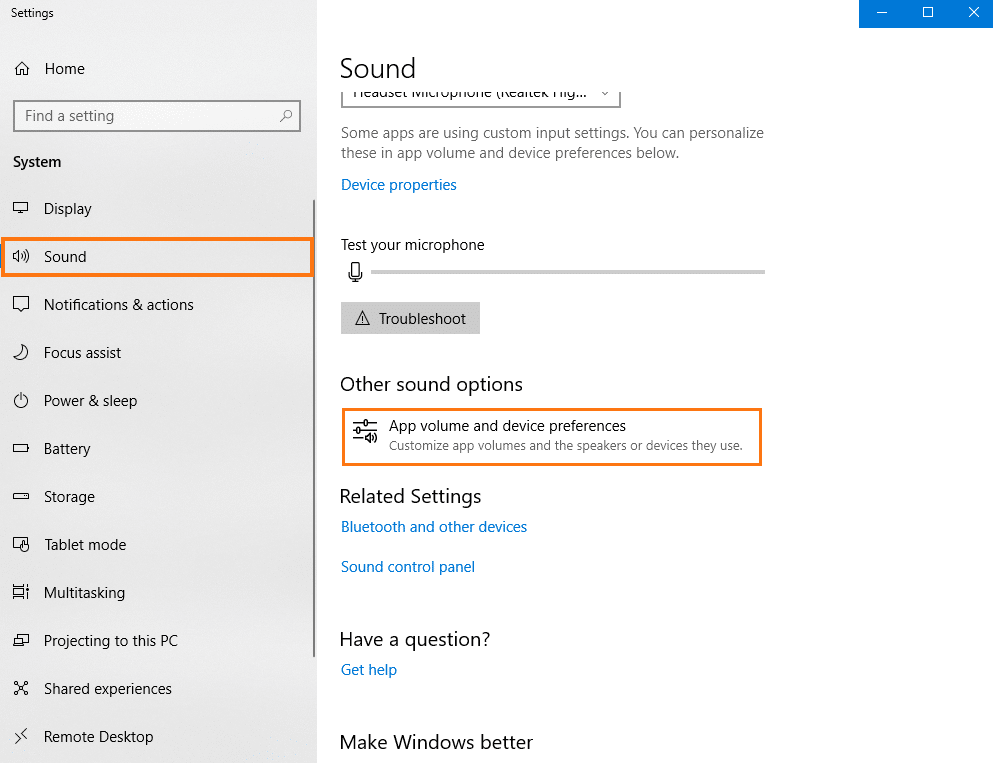

While this list of Easter eggs demonstrates the customization options available in Windows 10, this is only a glimpse into the operating system’s settings. Upon digging deeper into Microsoft’s documentation, there are a plethora of undisclosed features, capable of drastically improving your workflow and quality of life.
On a more important note, it’s crucial to remember that beginning January 2020, Microsoft will no longer provide extended support to Windows 7. Therefore, by proactively transitioning to Windows 10 in 2019, you can ensure that your PC remains up-to-date, secure and compatible with new applications. That said, Rocket IT must disclose that updating your PC without proper knowledge can potentially generate negative results, such as hardware crashes and data loss. In return, before taking the leap to Windows 10, it’s important to have completed a full backup of your system, while also ensuring your hardware has the necessary specifications to meet the operating system’s demands. For those who need guidance on how to complete either one of these steps, Rocket IT encourages you to give us a call at 770.441.2520.
Related Posts
Subscribe to Rocket IT's Newsletter
Stay up to date on trending technology news and important updates.

Find out if Rocket IT is the right partner for your team
Claim a free consultation with a technology expert.


